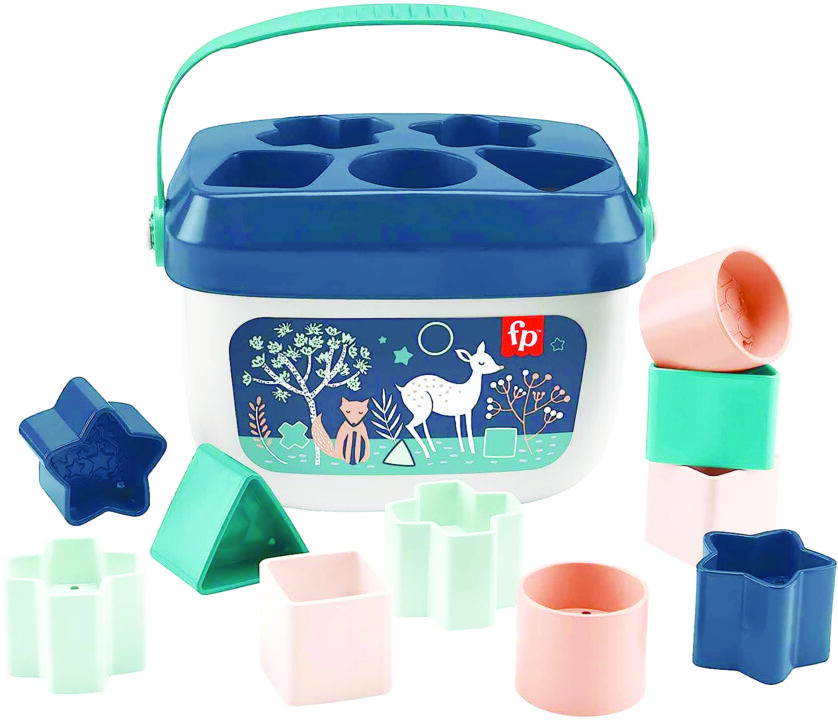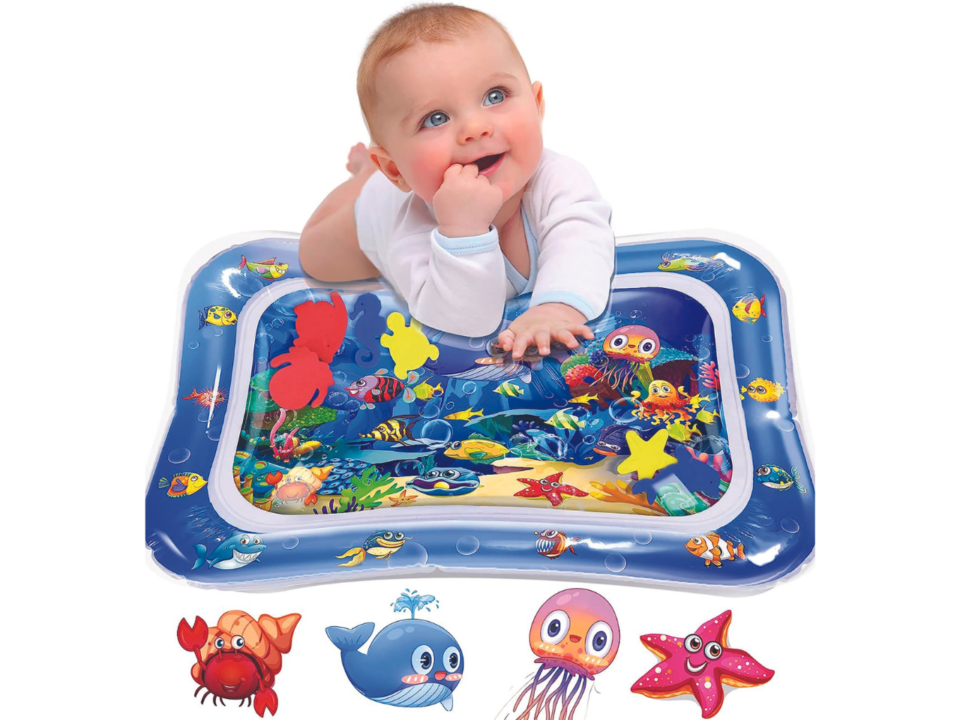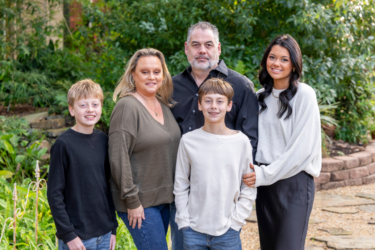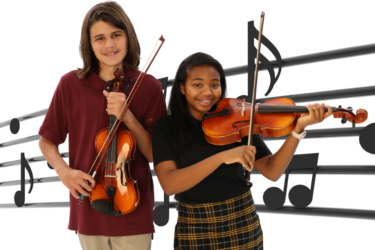As children grow, it’s our job as parents to expose them to different types of sensory stimulation so that they develop skills and are able to cope when confronting strange new stimuli. How we do this is by making sure there are plenty of sensory-stimulating activities planned throughout the day. Let’s discuss the benefits of sensory activities and what types of experiences, games, and toys may be helpful.
BENEFITS OF SENSORY ACTIVITIES
“Sensory input is like food for the brain. Our bodies–even babies’–take in information not only from our body senses: vestibular (movement), proprioception (joints, muscles), touch, interoception (internal state of the body) but also from the environment around us: vision, hearing, taste, and smell.
Sensory processing allows us to develop our body perception, spatial awareness, motor planning, and coordination. Sensory processing is also important in developing the foundation for emotional control. When our bodies are well-regulated, we are able to grow in attention, engagement and interactions with others, and participation in daily activities. So we can say sensory processing is a key factor in developing the skills needed for later school success,” explains Terri Wilton, LOTR of NeuroTherapy Specialists, Inc.
Wilton also explains that “babies use all of their senses in the first year of life to learn about their bodies and the world around them. Piaget termed the first two years of life as the Sensorimotor stage. It is the time when a baby and toddler discover through his sensory experiences that he can interact with and move within his environment.”
SENSORY-RELATED BABY ACTIVITIES
- Movement–kicking feet, rolling, swinging, and walking.
- Proprioception–army crawling, pulling to stand, and crawling.
- Touch–baby being swaddled, cuddled, and held; bathtime; breastfeeding; and mealtime.
- Interoception–homeostasis involving hunger and sleep.
- Vision–looking at family and others, reaching out for toys, and looking at books.
- Hearing–turning their head to voices, calming to music, and making sounds.
- Taste and Smell–breastfeeding, eating, drinking, and being in the kitchen with smells.
ACTIVITIES YOU CAN TRY
- Movement–rocking, swaying with baby in your arms, swinging, blanket swinging (adults hold both ends of blanket creating a hammock with baby in the middle), bouncing baby on adult’s knees, and dancing.
- Proprioception–create an obstacle course–ex: crawl over pillows, under table; pull to stand; pushing a weighted baby shopping cart or baby doll stroller (can weigh down with books).
- Vision–bubbles, books, balls, and imitate faces or body movements.
- Tactile–baby massage, texture books, and food play with all types of food textures that baby can manage if she puts in her mouth focus on soft, creamy, and squishy.
- Hearing–talking to baby; imitating sounds, music–slow for calming and fast for alerting.
- Taste and Smell–present a variety of foods that baby is able to manage safely. Even if baby does not eat the food, she is getting comfortable with the look and smell of new food.
Need some pointers? Pathways.org, a free online resource for tracking your child’s development, has great resources like videos and milestone guides for everyone from premature babies to young children.
TOYS YOU CAN TRY
Infinno Inflatable Tummy Time Mat
$22.97, amazon.com

Itzy Ritzy – Bitzy Crinkle Sensory Toy with Teether
$14.99, amazon.com

Sumobaby Infant Baby Musical Stuffed Animal
$19.89, amazon.com

UNIH Baby Tissue Box
$36.99, amazon.com

Melissa & Doug K’s Kids Pull-Back Vehicle Set
$32.99, amazon.com

Fisher-Price Stacking Toy
$10.99, amazon.com






